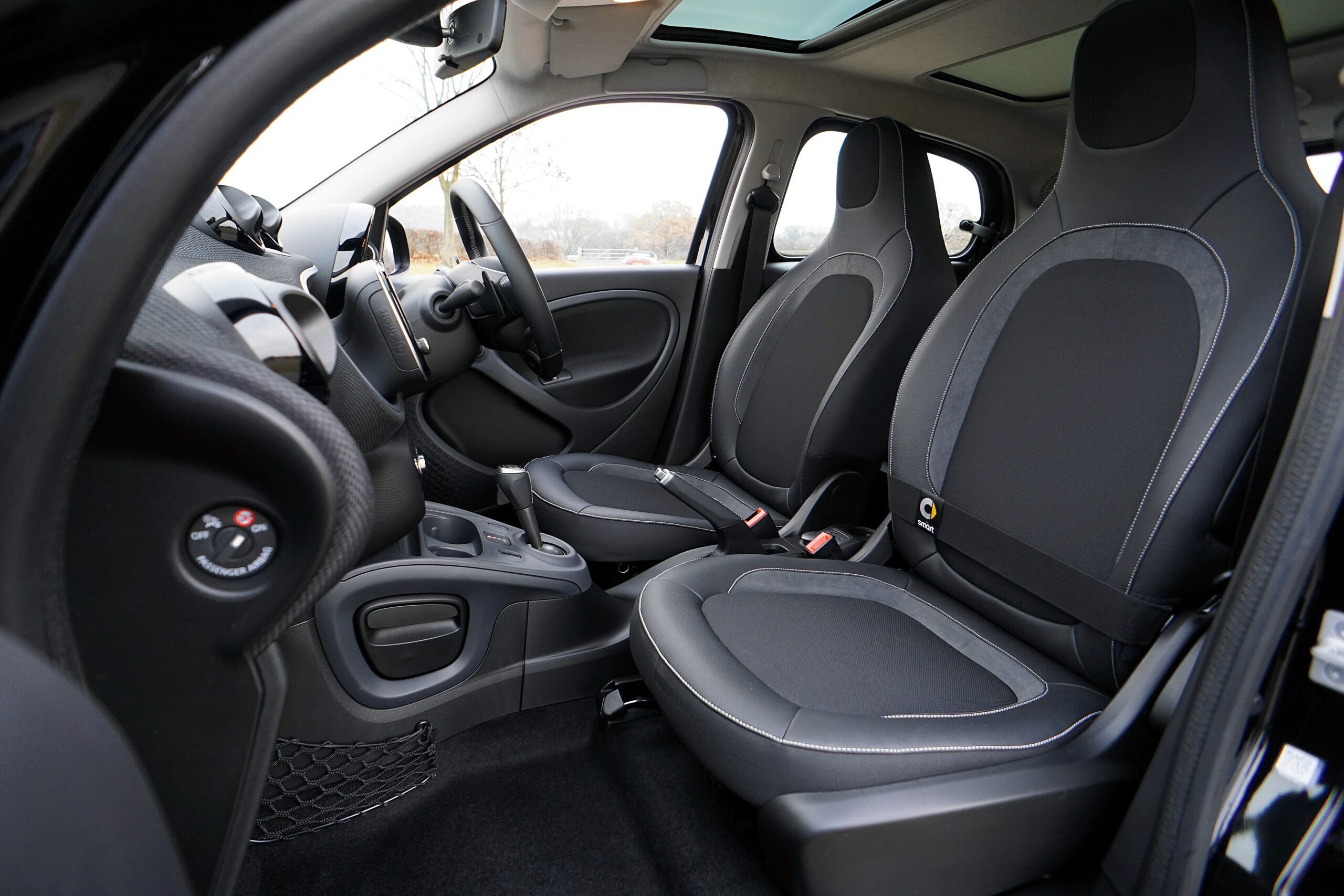Many people love the cold weather. However, they don’t appreciate it as much when they find they are stranded on the side of the road because something went wrong with their vehicle or they can’t get where they need to go because of an issue that has arisen as a result of the cold weather. By taking the time to inspect the vehicle before winter sets in and carrying out routine maintenance tasks, a driver will find the odds of something going wrong are greatly reduced. The following are tasks every driver should complete when temperatures begin to drop.
Invest in Winter Tires
All-season tires have been around for some time, and many drivers assume they are perfect for winter weather based solely on the name. Sadly, this isn’t the case. Winter tires are truly needed for the best performance. All-wheel-drive vehicles are great when the roads are slippery but aren’t of additional benefit when you slow down or go to make a turn. Furthermore, tires have gotten lower and wider to improve overall handling, but this actually makes them worse in the snow. Finally, winter tires are more visually appealing than they were in the past, so there is no reason to avoid buying them. Winter tires can be of great help in preventing an accident that could lead to higher insurance premiums. To learn more about the benefits of these tires, head over and get more information from einsurance.com.
Monitor Antifreeze Levels
Drivers rarely need to have their antifreeze flushed and filled, but there are situations when this task should be completed. If the work has not been done according to the manufacturer’s recommended schedule, call and make an appointment to have this job done soon. The same is true if you purchased a used vehicle and aren’t sure when this task was last carried out. Furthermore, vehicle owners who are moving to a significantly colder climate should consider having the antifreeze flushed and filled, but a test can be purchased at an auto parts store to determine its effectiveness before the money is spent on this task.
A Full Gas Tank
Drivers know they need gas in their vehicle to make it operate unless they own an all-electric car. However, many drivers let the gas tank get very low before refilling it simply because they don’t want to go out in the cold to pump the gas. This could be a mistake. If something goes wrong with the vehicle and it is low on gas, the driver won’t be able to keep it running and stay warm until help arrives. In addition, the more gas that is in the tank, the less likely it is for any water that has accumulated in the fuel pump to freeze. Take the time to fill up and save money in the long run by doing so.
Test the Battery
Cold temperatures place more stress on the battery, and nobody wants to come out in the morning only to learn their car won’t start. The easiest way to avoid this problem is to have the battery load tested. This may be done by your regular mechanic or you can head over to an auto parts store and request they carry out this test. Many stores will do so at no charge in the hopes a battery will be purchased right then and there if the one in the car has lost some of its juice. In fact, they may even install it at no additional charge. If there will be a charge, this is one task most drivers can handle on their own.
Debris
Remove debris from the vehicle to prevent leaks and corrosion. Although those leaves and twigs may not seem like a big deal, they can actually cause numerous problems. These problems are often first spotted in the air intake near the windshield, but they may occur in other areas as well. If the car has a sunroof, this is another common area where problems occur. Be sure to remove any debris from the area so you don’t wake up to discover your seat is full of water resulting from a leak. That’s not a great way to start the morning. Another thing to look for when checking the vehicle is animals that may have climbed into the wheel wells, engine compartment, or another part of the vehicle to stay warm and dry. This happens more than many people realize.
Refill the Survival Kit
Set aside time to go through the vehicle emergency survival kit that every car and truck on the road needs. Throw away any outdated items and replace them with current ones. Furthermore, make certain everything is in working order. Nobody wants to find they are stuck on the side of the road and there is no blanket in the car to stay warm until help can get there or that their cell phone is dead and they can’t call for help because the spare charger has gone missing. By examining this kit when cold weather arrives, the possibility of either scenario arising is reduced.
Examine the Lights
As the days get shorter, it gets dark earlier. Make certain all lights on the vehicle are operating and unobstructed. Never drive with snow blocking any of the lights, as this could lead to an accident. If the lenses are foggy, heavily scratched, or yellowed, consider having them restored or replaced. Although this task will cost money, it will be significantly less than what one will pay if an accident occurs because the driver couldn’t see clearly due to a lack of light. Home restoration kits are available for drivers who feel comfortable taking on this task, and many mechanics and car wash facilities now offer this service for an additional charge.
Other things that should be checked before bad weather hits include the windshield washer fluid, the defroster, the heating system, and more. Speak to a mechanic to determine which tasks should be carried out at this time. Drivers who are prepared for any eventuality find they can weather any mishap with ease and be of assistance to others who are not as well-equipped.








Show Comments (0)